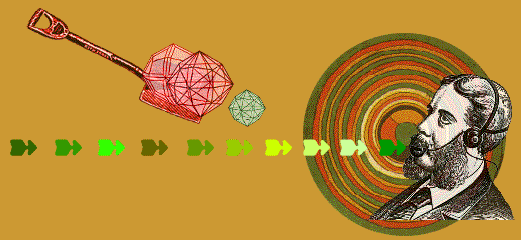
|
POPEYE WAS RIGHT: FOOD FOR VISION LONGEVITY
Evidence-based medicine tells us that dark green vegetables such as spinach can promote stronger eyesight and even help prevent common eye diseases.
Why should we care? Because our eyes are under siege now like they've never been before. Every seven seconds, someone turns 50 in the USA. The aging population, as well as their computer-toiling children and Nintendo-grooving grandkids, are suffering from weakening eyesight due to prolonged computer use, air pollution, high fat diets and other environmental stressors. The good news is that lavishing our eyes with good care and feeding can help us live and age successfully. In fact, a diet high in the antioxidants lutein and zeaxanthin (pronounced loo-teen and zee-ah-zan-thin) has been found to protect against age-related macular degeneration (AMD). AMD is the second leading cause of irreversible blindness in the elderly, after cataracts. AMD eventually blinded painter Georgia O'Keefe, who painted until her world went completely dark. High amounts of lutein and zeaxanthin are found in dark green leafy vegetables such as spinach and kale. Medical researchers realized the vision-promoting properties of these antioxidants relatively recently. You can find lutein and zeaxanthin in most health food stores around the world. In 1994, Johanna Seddon, M.D., director of the epidemiology unit at the Massachusetts Eye and Ear Infirmary in Boston, conducted a retrospective study by questioning 876 people about what their diets consisted of. (356 had advanced AMD and 520 were control subjects.) "Those who consumed vegetables such as collard greens and spinach were less likely to have AMD than those who did not," says Dr. Seddon. The study also pointed out that such antioxidant vitamins as A, C, and E may also help retard AMD. It's also worth noting that other studies published in the peer-reviewed medical literature report that lutein, zeaxanthin, and certain antioxidant vitamins appear to protect against cataracts. |

